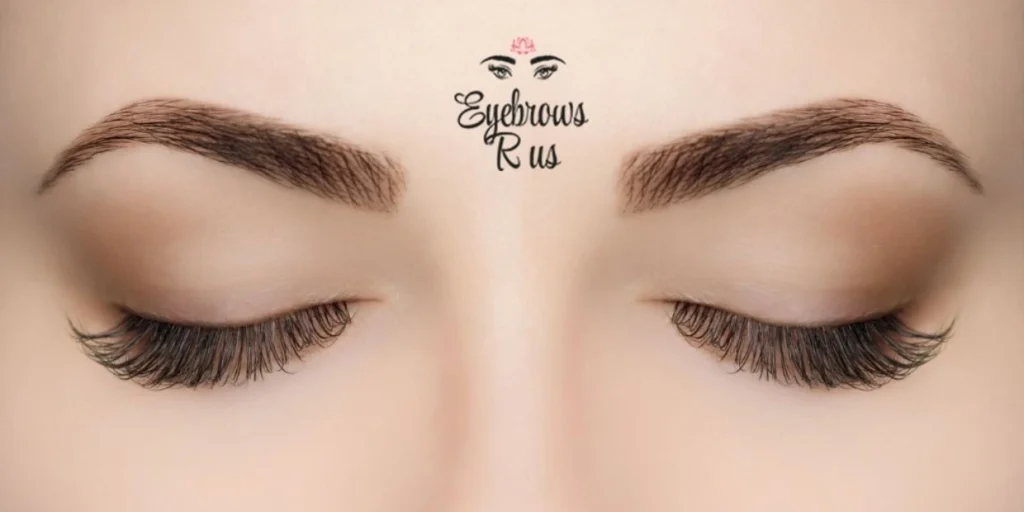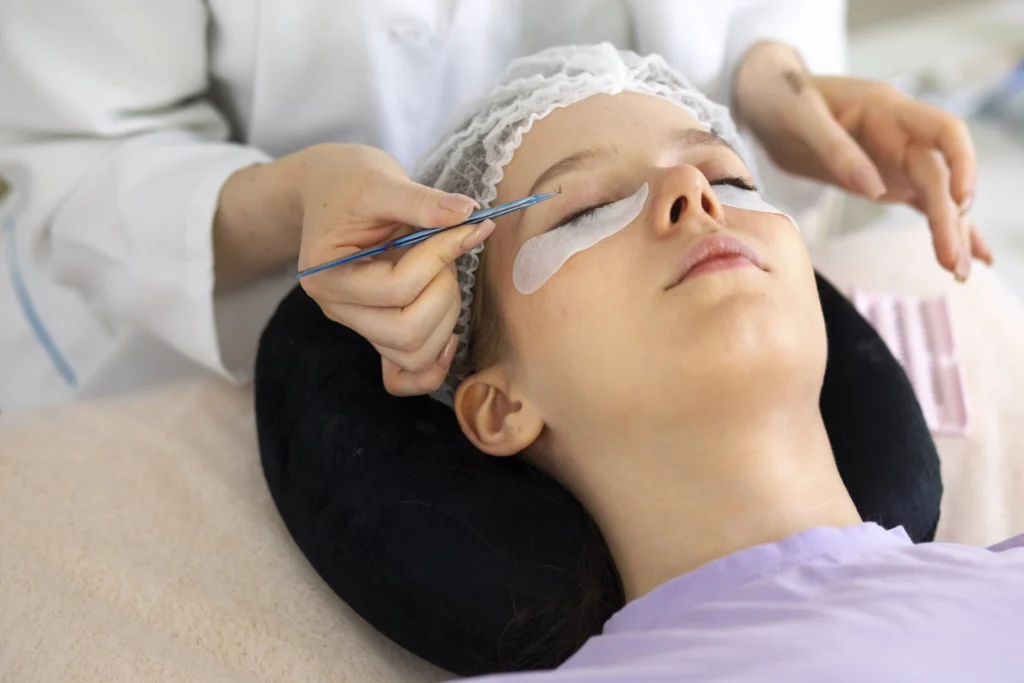
Eyebrows are one of the most distinctive features of the human face, but have you ever wondered why we have them? While they might seem like a minor detail, eyebrows serve several important purposes, both functional and communicative.
The Functional Role of Eyebrows
The primary function of eyebrows is to protect the eyes. Their arched shape and outward-facing hairs help to divert sweat, rain, and other moisture away from the eyes, preventing irritation and potential damage. This is particularly important for maintaining clear vision, as moisture in the eyes can blur and distort sight.
In addition to moisture, eyebrows also act as a barrier against dust, dirt, and other debris, preventing them from entering the eyes and causing discomfort or infection. The hairs of the eyebrows trap these particles, allowing us to easily brush them away or wipe them off.
Additional Functional Benefits
While protecting the eyes is their main function, eyebrows offer some additional benefits:
- Shielding from sunlight: Eyebrows can help to reduce the amount of sunlight that reaches the eyes, reducing glare and squinting.
- Enhancing facial perception: The shape and position of eyebrows can influence how we perceive faces, potentially playing a role in facial recognition and social interaction.
The Communicative Role of Eyebrows
Beyond their functional role, eyebrows are highly expressive and play a crucial role in nonverbal communication. The position and movement of our eyebrows can convey a wide range of emotions, including:
- Surprise: Raised eyebrows often indicate surprise or astonishment.
- Anger: Furrowed eyebrows can signal anger or frustration.
- Sadness: Drooping eyebrows can express sadness or disappointment.
- Fear: Raised inner corners of the eyebrows can convey fear or worry.
- Happiness: Relaxed and slightly raised eyebrows can indicate happiness or contentment.
Our eyebrows can also be used to emphasize speech or convey subtle nuances in meaning. For example, raising an eyebrow while asking a question can imply scepticism or disbelief.
Cultural and Social Significance
The shape, thickness, and style of eyebrows can vary across cultures and throughout history. In some cultures, thick eyebrows are considered a sign of beauty and youthfulness, while in others, thinner or more arched eyebrows are preferred.
Eyebrow grooming has also been a popular practice for centuries, with various techniques used to shape and enhance eyebrows. This highlights the social significance of eyebrows to express personal style and conform to cultural norms.
Evolution of Eyebrows
The evolution of eyebrows is closely linked to the development of the human forehead. As our ancestors evolved, the forehead became more vertical and prominent, allowing for a wider range of eyebrow movements and expressions. This enhanced our ability to communicate nonverbally and likely played a role in the development of complex social interactions.
Comparative Anatomy
Interestingly, humans are not the only species with eyebrows. Many mammals, including primates, dogs, and cats, also have eyebrows, although their function and appearance may differ. For example, in some animals, eyebrows may serve primarily to protect the eyes from vegetation or camouflage them from predators.
Medical Conditions and Eyebrow Loss
In some cases, individuals may experience eyebrow loss or thinning due to medical conditions such as alopecia, thyroid disorders, or certain skin conditions. This can be a source of distress, as eyebrows play such an important role in both function and communication.
Fortunately, there are several treatment options available for eyebrow loss, including topical medications, eyebrow transplants, and cosmetic tattooing.
Eyebrow Care and Maintenance
Maintaining healthy eyebrows is important for both their function and appearance. Here are some tips for eyebrow care:
- Avoid over-plucking: Over-plucking can damage hair follicles and lead to thinning or sparse eyebrows.
- Brush regularly: Brushing eyebrows daily can help to stimulate hair growth and keep them looking neat.
- Use gentle products: Avoid harsh chemicals or products that can irritate the skin around the eyebrows.
- Consult a professional: If you’re unsure how to shape or groom your eyebrows, consider seeking advice from a professional stylist.
Conclusion
Eyebrows may seem like a small detail, but they play a vital role in our lives. They protect our eyes, help us communicate, and contribute to our overall facial appearance. By understanding the purpose and significance of eyebrows, we can better appreciate their importance and take steps to keep them healthy and well-groomed.
You can also read: What is Eyebrow Tinting? A Complete Guide
FAQ
Eyebrows help protect the eyes from sweat, dust, and debris, while also playing a crucial role in facial expressions and communication. Yes! Studies show that eyebrows help in recognizing faces, as they define the structure and symmetry of the face.
Eyebrows divert sweat, rain, and debris away from your eyes, preventing irritation and improving visibility.
Eyebrows help convey emotions like surprise, anger, and happiness, making them an essential part of nonverbal communication.
Eyebrow thickness is determined by genetics, hormones, and age. Some people naturally have full, thick brows, while others may have thin or sparse brows.
Threading, waxing, tweezing, and microblading are popular methods to shape eyebrows based on face structure and personal preference. For expert eyebrow threading, shaping, and microblading, visit Eyebrows R Us in Las Vegas, known for precise and affordable brow services.
Social Share
-
Facebook
-
Twitter
-
Pinterest
-
Linkedin


